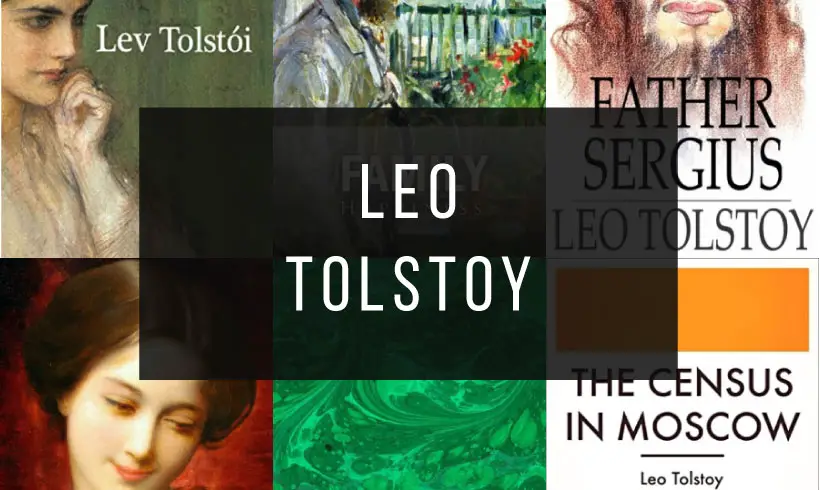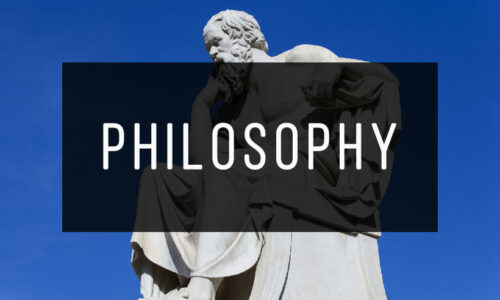Immerse yourself in the profound and powerful works of Leo Tolstoy with our free collection of Leo Tolstoy books in PDF format.
Leo Tolstoy, one of the greatest authors in literary history, is renowned for his epic storytelling and deep exploration of human nature, morality, and the complexities of life. His works are timeless masterpieces.
From the sweeping drama of War and Peace to the intimate reflections in Anna Karenina, Leo Tolstoy’s books capture the triumphs and tragedies of the human experience with unmatched depth and beauty.
Perfect for lovers of classic literature and philosophical thought, this collection invites you to explore the genius of a writer whose influence continues to resonate across the world.
Download these Leo Tolstoy books in PDF now and experience the enduring brilliance of one of literature’s greatest minds.
1) Anna Karenina
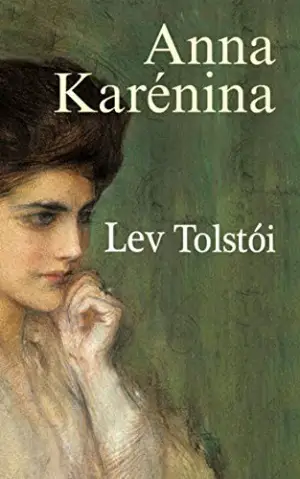
Anna Karenina was first published in 1877. It had begun to appear in folio form in the journal Russki Véstnik (The Russian Messenger) between January 1875 and April 1877, but its publication was never completed due to Tolstoy's disagreement with his publisher over the ending of the novel. Therefore, the first complete edition of the text appeared in book form in 1878.
The novel is considered one of the crowning works of realism. For Tolstoy, Anna Karenina was his first real novel. The physical appearance of the title character seems to be inspired by Maria Hartung (1832-1919), the first-born daughter of the Russian poet Alexander Pushkin.
2) Family Happiness
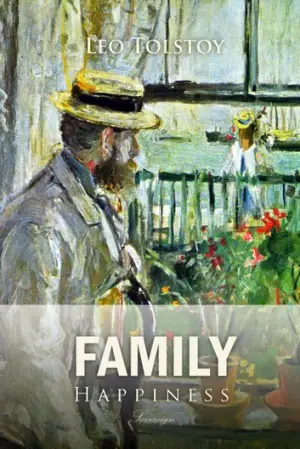
Family Happiness is a novel written by Leo Tolstoy in 1858 and published in 1859. The work focuses in a special way on true love: not the one that is based only on passion, but on a true couple relationship with a view to the future.
In this story, marital happiness is taken as a life project; it is the most complete and complex relationship that can occur between a man and a woman, based on the free decision to unite in order to be happy. Individual obsessions, responsibility and love for others are key in this work based on the author's own life.
3) Father Sergius
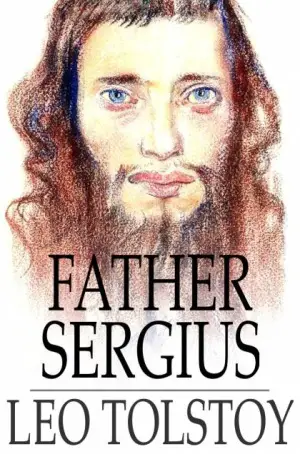
Father Sergius is a short story written in 1890 and first published in 1898.
The story begins with the childhood and idealized youth of Prince Stepan Kasatsky. Apparently, the young Kasatsky is predestined to be a great man. On the eve of his wedding, the prince discovers the affair of his fiancée, Countess Mary Korotkova, with Tsar Nicholas I.
This greatly damages his pride, and he takes refuge in the Russian Orthodox Church and becomes a monk. In these years, Kasatsky will live in humility and, above all, in doubt. Despite having become a hermit by order of the high clergy, people still remember him for his past fame and for the drastic change in the course of his life.
4) Article on the Census in Moscow
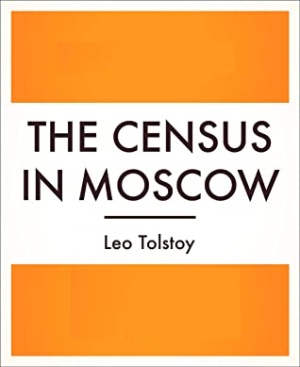
Article on the Census in Moscow, is an essay that Tolstoy wrote in 1882 in which he describes and reflects on his brief experience as an enumerator in the Moscow census. The writer did not move to the Russian capital until 1881, where he encountered the poverty of the city while questioning the lifestyle into which he was born.
It should be kept in mind that censuses and population surveys are research instruments that provide a description of a society. Thus, Tolstoy saw in the census an opportunity to identify those most in need and help them, although this experience also revealed to him the limitations of philanthropy.
If you want to know more about the impressions of this brilliant writer on the function and importance of the census for sociological research, be sure to read this text.
5) Bethink Yourselves
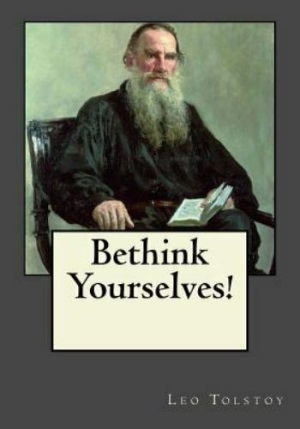
It is well known that Tolstoy was a pacifist who advocated non-violent protest and the importance and necessity of integrating love and tolerance into our lives. Bethink Yourselves is a thought-provoking work, in which Tolstoy states his firm position against wars and the killing of mankind, pointing out that there is no such thing as a just war.
The writer believed that it was possible to free oneself from war by appealing to conscience, that each person should reflect and ask themselves who they are and what they should or should not do. That they should be aware of the insubstantial arguments used by governments to persuade them to support or volunteer for war.
Although this book was written about a specific period in history, most of its teachings can still be applied today.
6) The Cause Of It All
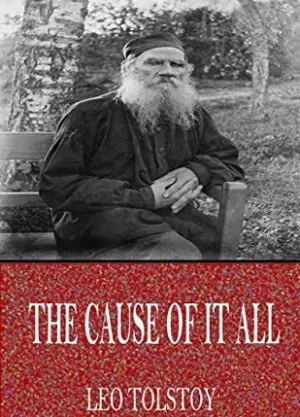
The Cause Of It All is a two-part play published in 1910. It is a work that presents a very clear message: alcoholism is the cause of all problems. It can be considered a moral exhortation, which Tolstoy used as a means to convey a message that he considered of utmost importance for the Russian society of the time.
It is no secret to anyone the harm that alcoholism causes to individuals and societies. At the time this play was written and even today it is the origin of fights, domestic abuse, violence, disintegration of families, lower life expectancy, etc.
The story of this moral tale is presented in a simple, brief and focused way to be perfectly understood by the masses.
7) The First Distiller
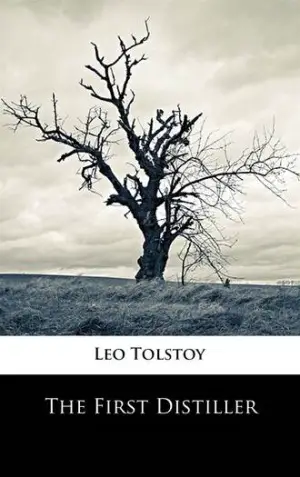
The First Distiller is a comedy play in six acts published in 1886. It is an anti-alcoholic morality play, based on Tolstoy’s short story Promotion a Devil.
The story introduces us to a chief devil, who assigns an imp the task of leading the Russian peasants away from God and capturing them for the devil. However, the imp fails in his mission and promises his enraged chief that he will find a way to catch the peasants.
To accomplish his task, he disguises himself as a laborer and helps a peasant plant enormous amounts of grain, which results in such a bountiful harvest that the peasant does not know what to do with it; so the imp teaches him to distill the grain into alcohol. The idea of distilled alcohol soon spreads among the peasants, and so the peasants, now drunk, end up being captured by the devil.


